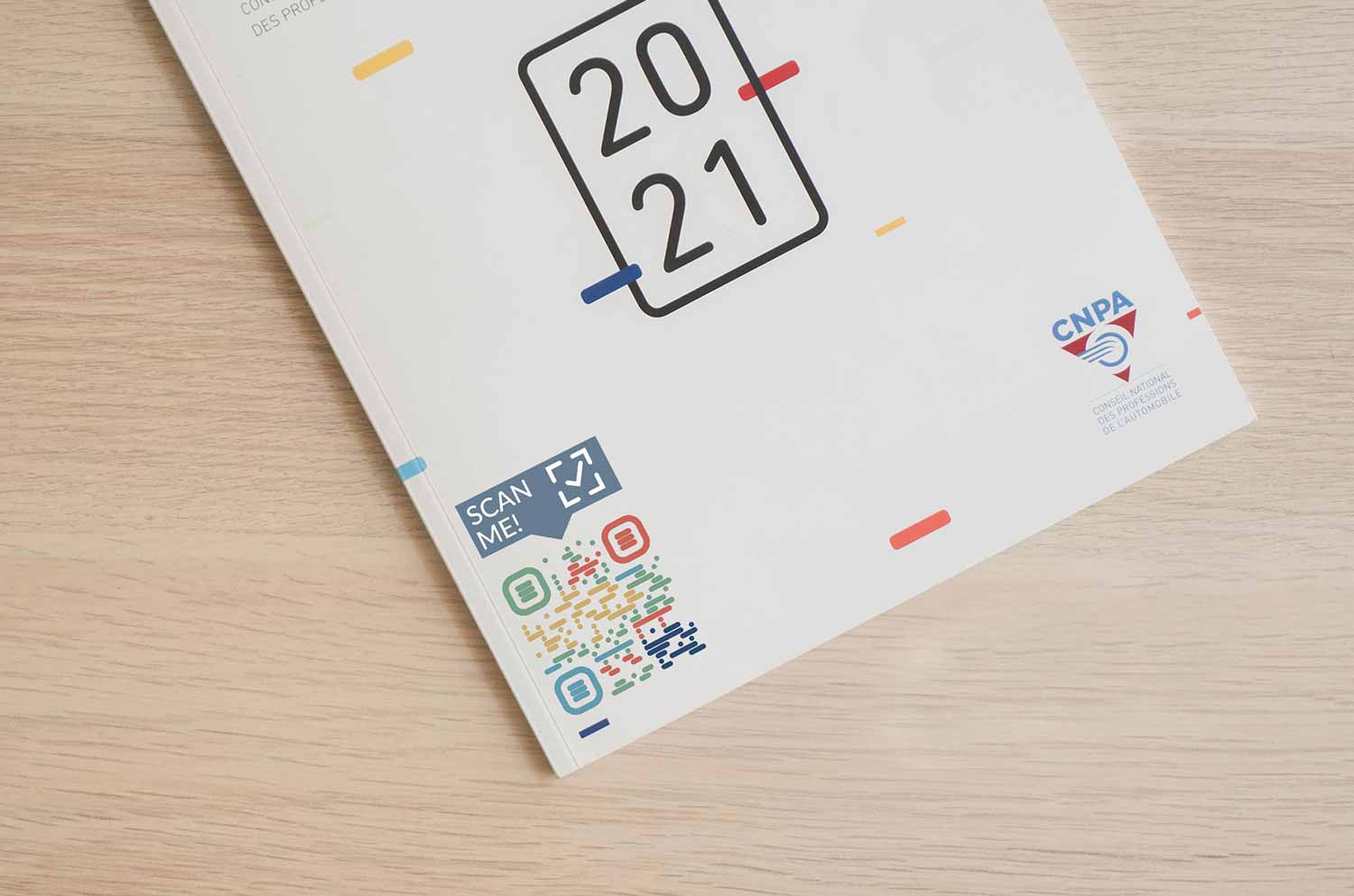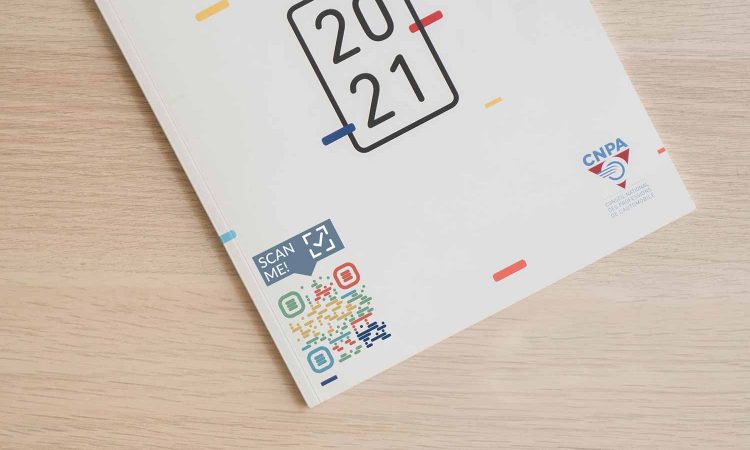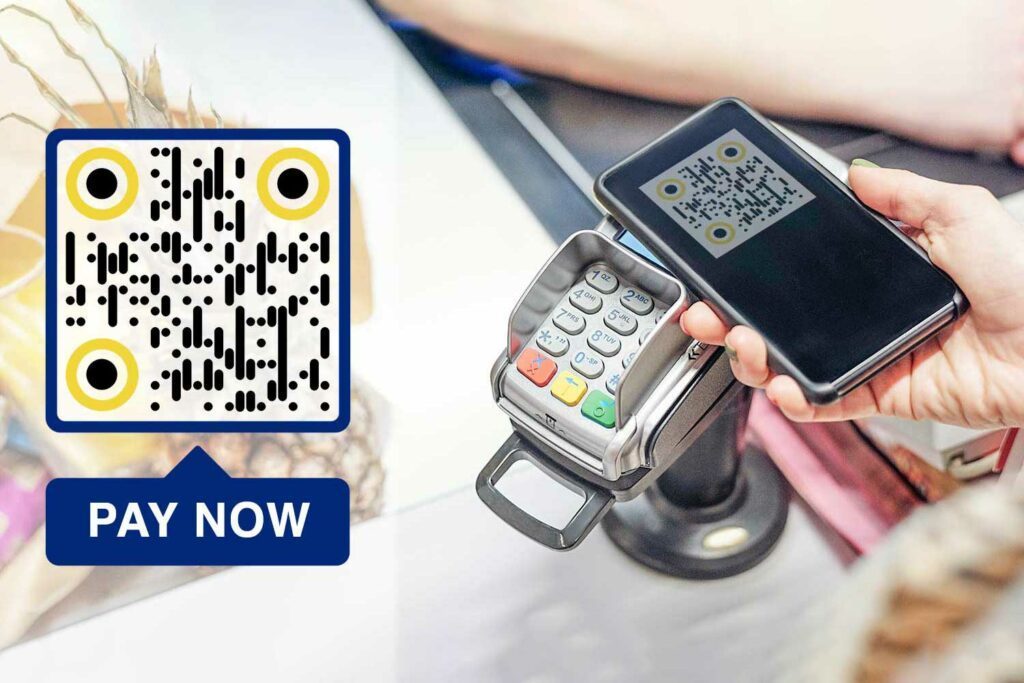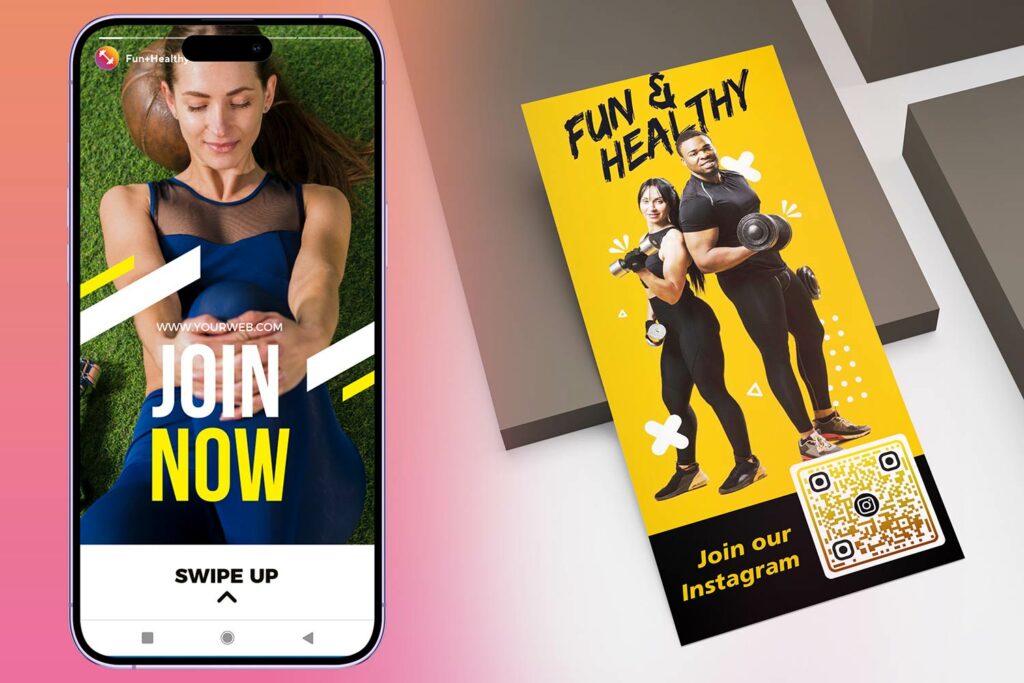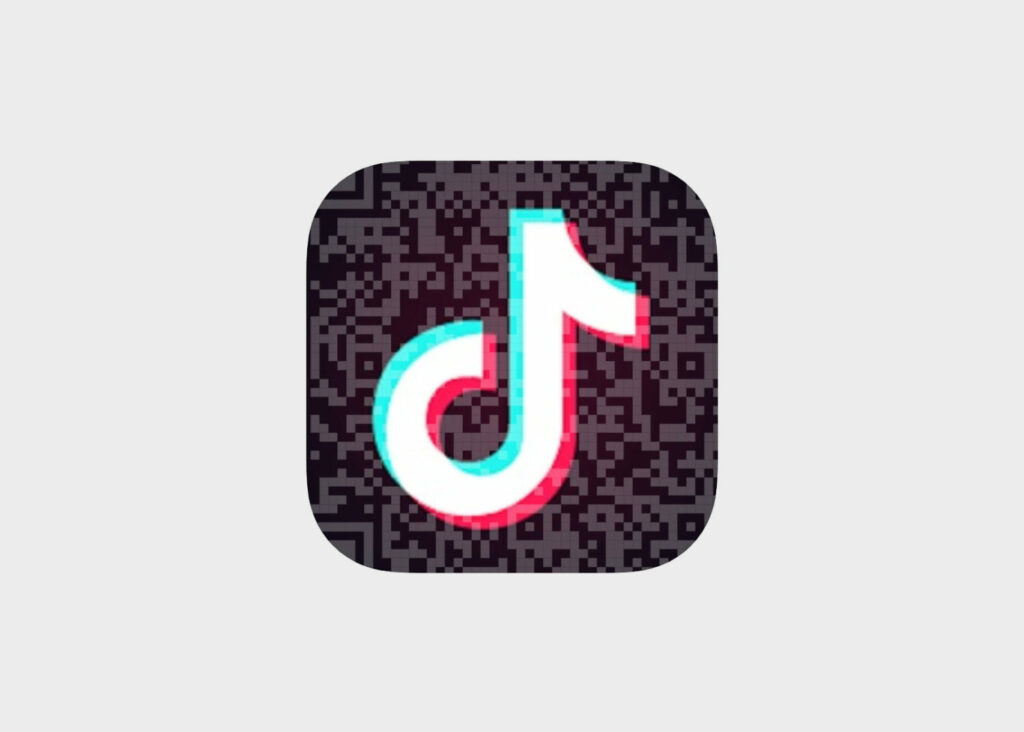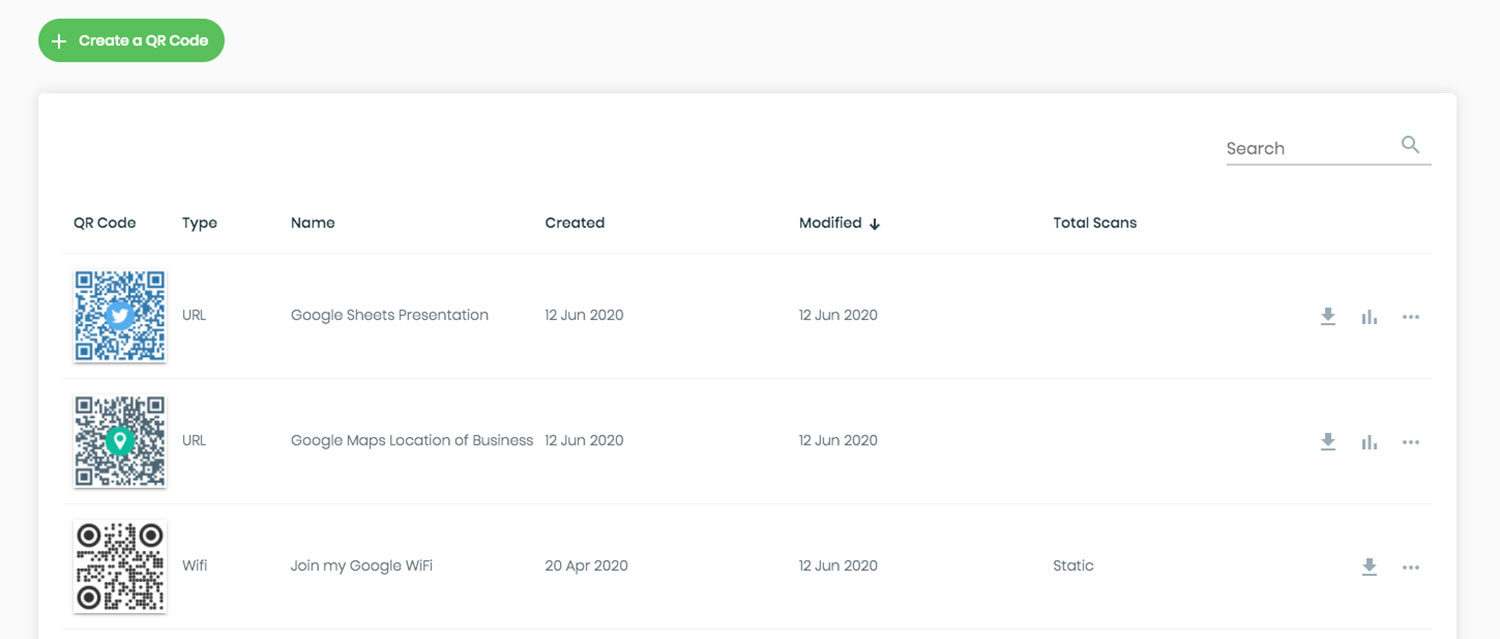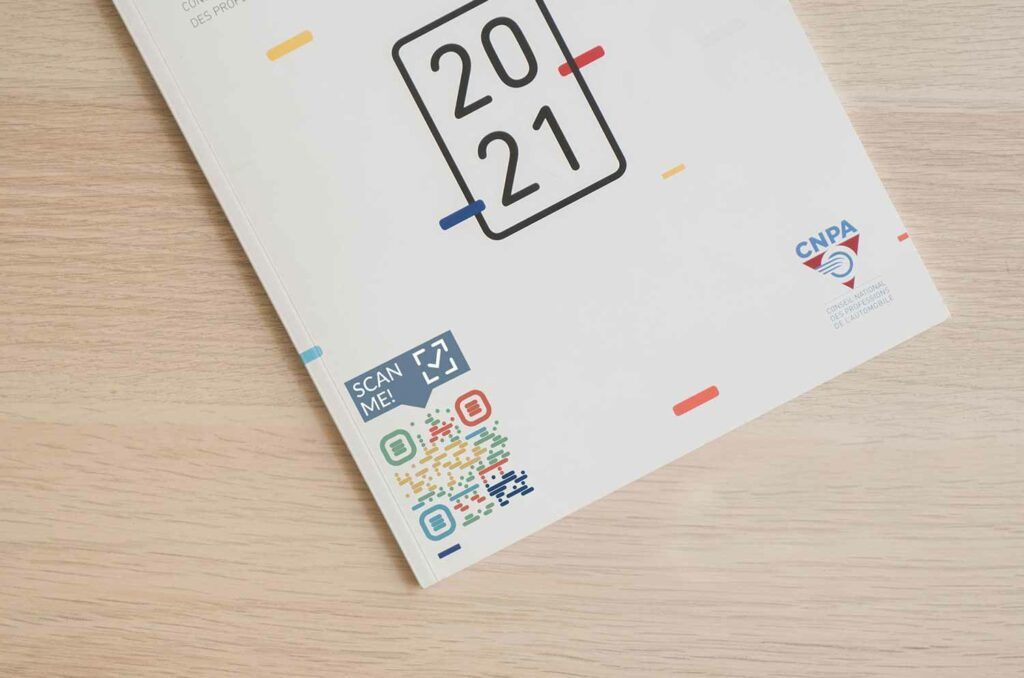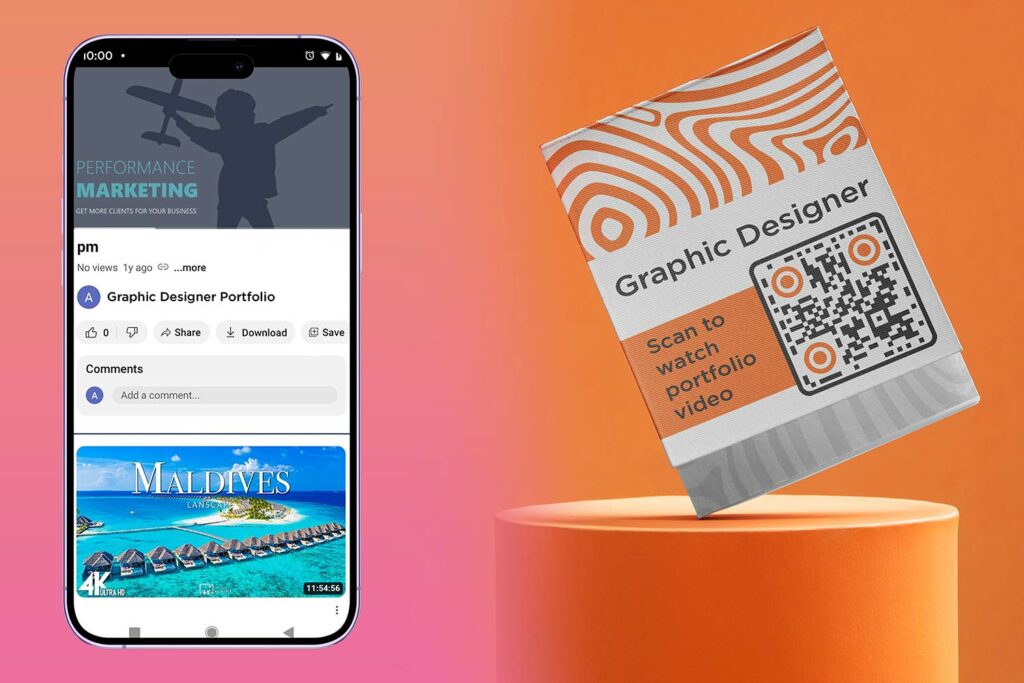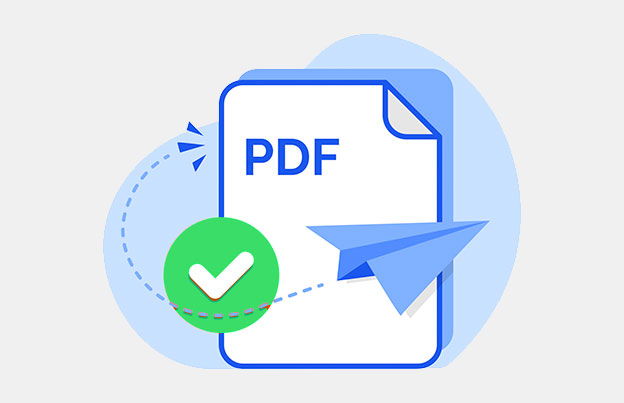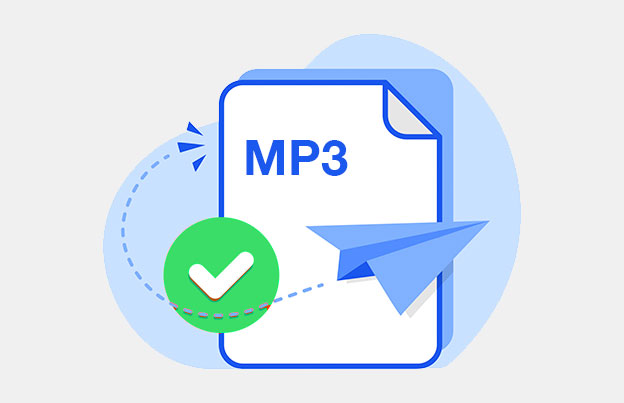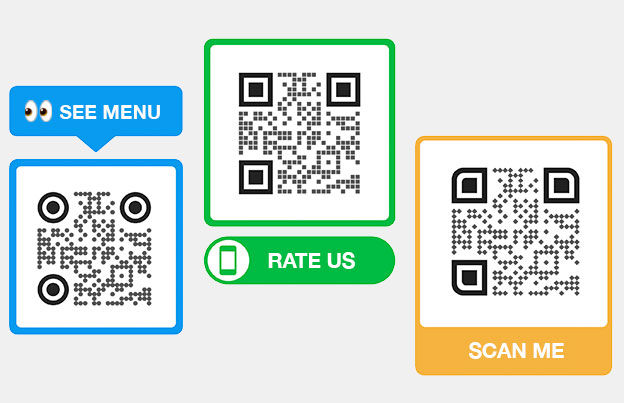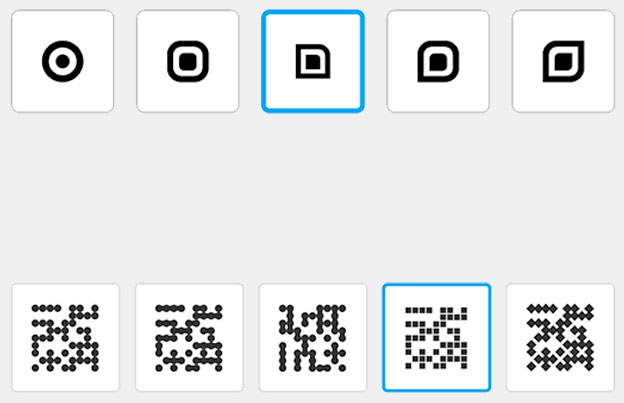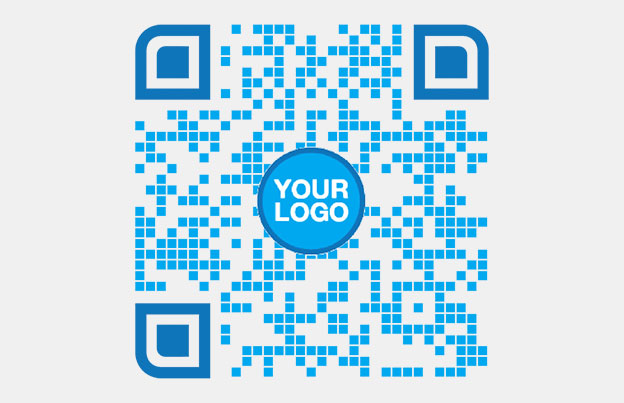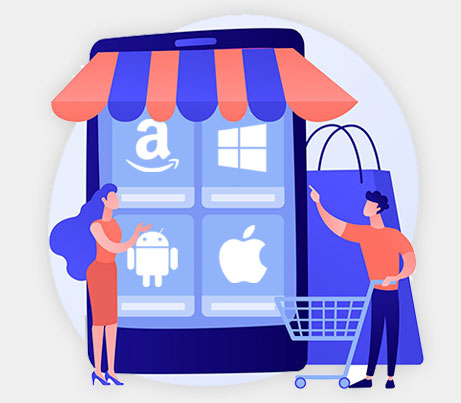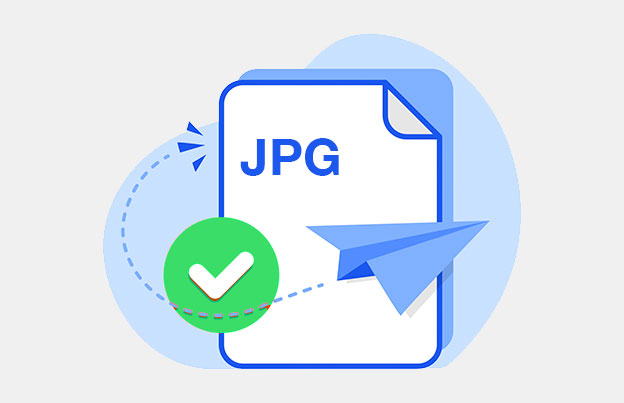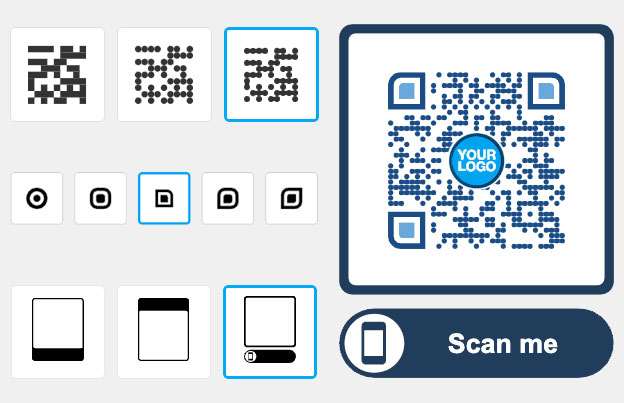Before a couple of years, a book was a series of printed pages meant for educating and/or entertaining oneself. Today, the way books are used has changed. Most of the times, they no longer are in our hands directly.
However, they are in our hands indirectly through tablets, smartphones, and computers. In other words, the book users prefer smart gadgets to read digital books (eBooks) for both learning and entertainment. So, do they overcome printed books?
Well, the truth is that they do not! Even today, a good number of people still prefer reading a hard copy over a digital version. Well, it is a matter of personal preference. So, we cannot conclude that digital books have overcome the printed copies.
Further, school and college textbooks are still an integral part of a student’s life. So, it is wise to think of how to maximize the reader’s engagement through these books. So, what can you do? Is there anything that you can do apart from making appealing front and back covers? Read on…
The Need to Maximize Reader’s Engagement
With the help of advanced technology, booksellers or authors can capture the interest and obsession of readers through books only. One of the easy, efficient, and affordable ways to do so is putting a QR code on a book.
It is a 2D barcode that can contain alphanumeric data and more information than what a standard barcode can hold. It is an effective way to enable readers to just use their smartphones to scan them and connect to the online world from an offline book in hand.
Let’s take an example. Just imagine a book on recipes of home-made skincare treatments. On the back cover, you can include a QR code with a label ‘Get Reviews’. This informs the reader that scanning the code will reveal what the existing users of these recipes are saying.
Wow! That’s interesting and helpful, isn’t it? It also speaks a lot about your transparency in dealing with things, which finally helps in building your name and giving you fame.
Both creating and scanning the code are easy tasks. It hardly takes time to create and design a suitable QR code using one of the online free QR code generators. You can even customize the QR code in terms of shape, size, color, and image (can add your publishing agency logo).
Ideas for using QR Codes on Books
Well, the aforementioned example is just a single use of a QR code. You can use these codes in many other useful ways. Here are some ideas of using them for maximizing the reader’s engagement:
- Take readers to a Webpage or YouTube page that has related videos to your topic covered in the book instead of showing static pictures. This is how they can learn the concepts in an easier and effective way. You can put QR codes inside the book, wherever applicable, to take them to videos explaining that part in detail.
- Take readers to .mp3 audios for translations in case of a language book. This is truly useful in helping the reader to learn a language, even by adding pronunciations.
- Take readers to an online gallery of albums and photos that are not so important to be printed in the book. In this way, you can significantly save your printing cost. These images should be secondary or supportive ones.
- Take readers to the right answers in case there are problems to be solved at the end of the chapter. This can be a webpage showing explanations along with answers or just a text revealing the answers.
- Take readers to a webpage where they can see a trailer of your upcoming book. Just as movies, people are interested in watching book trailers too. It can easily persuade them to keep an eye on the release date of that book. Just link your code to a YouTube video. In this way, you can get more readers and buyers of your upcoming book.
- Take readers to a commenting webpage where they can add a review for the book. This is how you can come to know about their opinions for your book.
- Take readers to your profile page where they can connect with you. This can be a business card or a social media page of yours. Book lovers are often author fans too! If they follow you, they are likely to show their interest in your new books too.
Conclusion
Professors and teachers have already started using them for engaging students in boring or complicated learnings. So, why not you?
Frequently asked questions
Creating QR codes for books is easy with online QR Code generators. Add your desired content, generate the code, and add it to your book design.
QR codes in books often link to author websites, multimedia content, supplementary materials, or book-related resources.
Use QR codes in educational books to offer quick access to videos, quizzes, additional readings, or interactive content, enhancing the learning experience.
You can create a basic free QR code for a book for free using an online QR code generator tool. If you need to monitor scan tracking and edit the code later without reprinting, then these are additional features.
QR codes enrich the reading experience by providing access to multimedia, author insights, or supplementary information related to the book.
QR codes in books are typically placed on the back cover or within chapters. They provide information like author details, videos, or links to related content.
QR codes are becoming more common in modern printed books, especially in educational and interactive publications.
